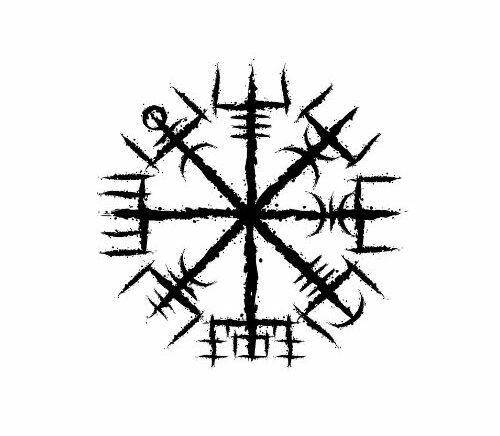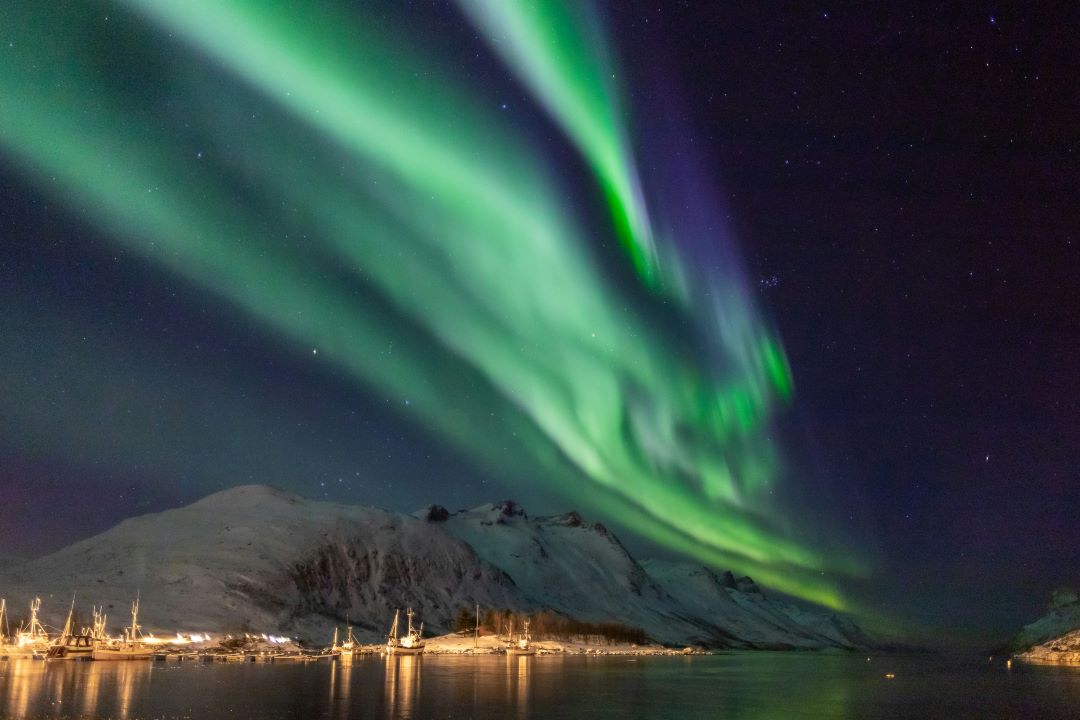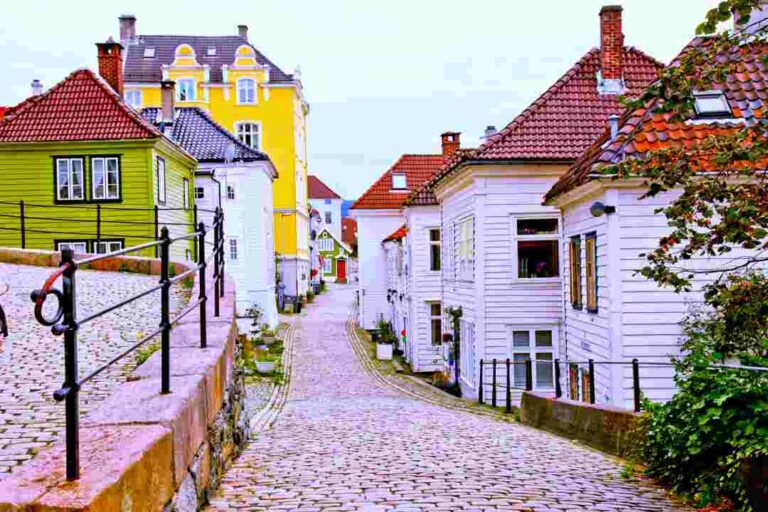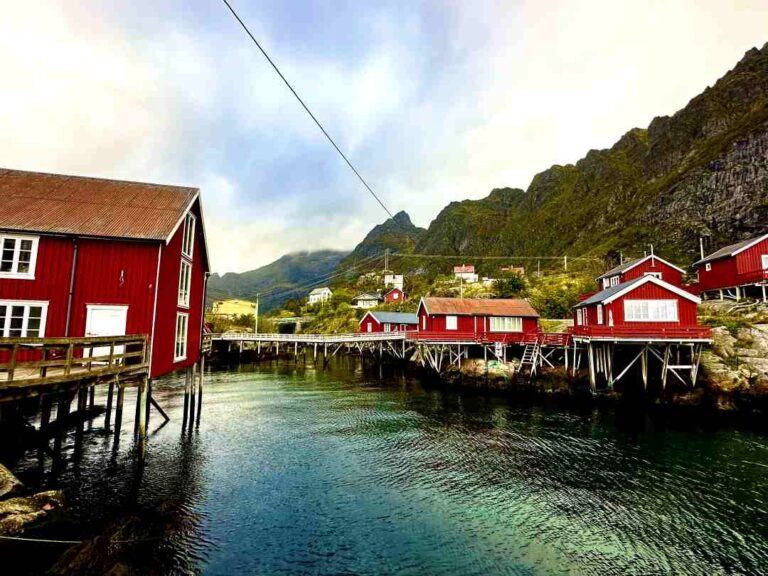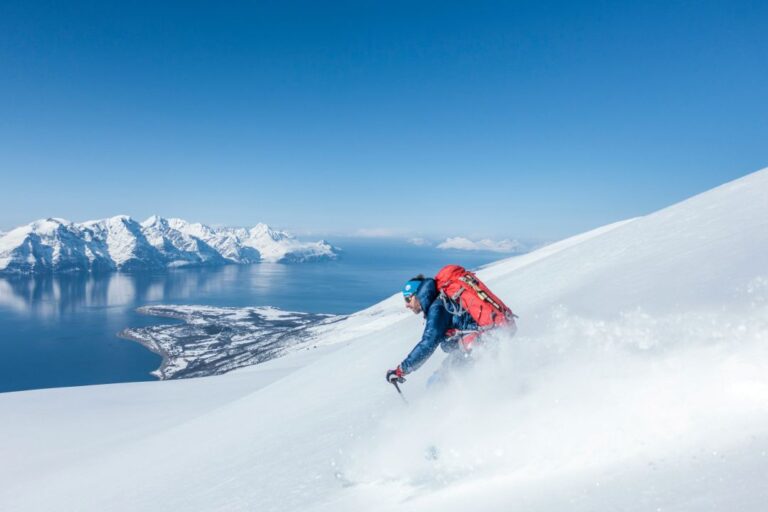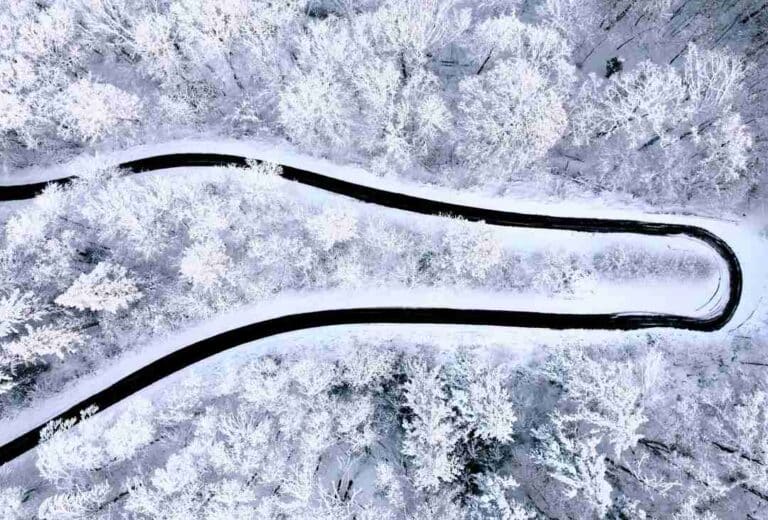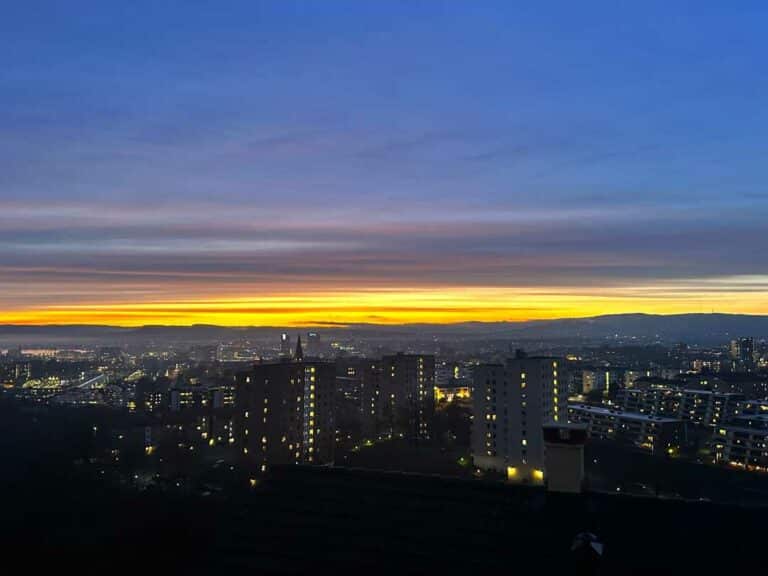Ultimate Guide: When To See The Northern Lights In Norway? (2025)
If your main goal when visiting Norway is to experience the spectacular northern lights, you need to find out when to see the northern lights in Norway is most likely.
As a Norwegian native who has lived “everywhere,” from north to south, in my long, rugged country, I have years of experience chasing the northern lights above the Arctic Circle.
Which is your first que. If seeing the Northern Lights is on your travel bucket list, you should probably travel to Northern Norway above the Arctic Circle and not to Oslo, Bergen, or other destinations in the south (although you might spot the Aurora Borealis here, too, it is rarer).
But – when can you see the northern lights in Norway?
This article contains affiliate links! If you like this free content and use my links to make your bookings, I get a small commission at no extra cost to you. Thank You!
Best Time To See Northern Lights In Norway
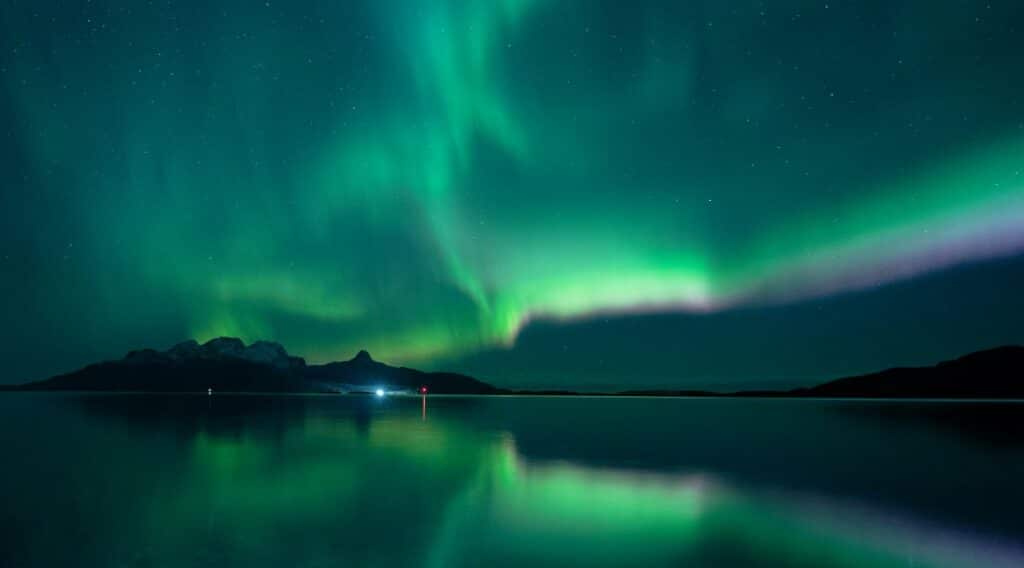
The best time of year to see northern lights in Norway is not in the deepest, coldest winter, as you might think.
Anytime between late September and March is a good time for northern lights hunting in Norway, as the extended nights provide many dark hours with aurora spotting opportunities.
But the months with the highest activity of northern lights are actually at the beginning and end of the “northern lights season”, meaning late September, October, and early November, and then February and March – stretching into April.
That said, you can still have spectacular northern lights in the other winter months, as it really does not depend too much on the time of year but on what kind of weather shows up.
So, if you’re planning an aurora-viewing trip, the best time to visit is September through November, and probably late February To March or early April. If you
already have planned to go in the deep winter, don’t panic – you have pretty good chances then too.
What Time Of Day Is Best To See The Northern Lights?
Speaking of time of day (well, “day”), the peak time to see the northern lights is actually before and after midnight, between 11 p.m. and 2 a.m.
Even though the days in northern Norway are generally dark, it is at its darkest these hours around midnight, when the lights are most visible – if they are there.
Best Places To See The Northern Lights In Norway
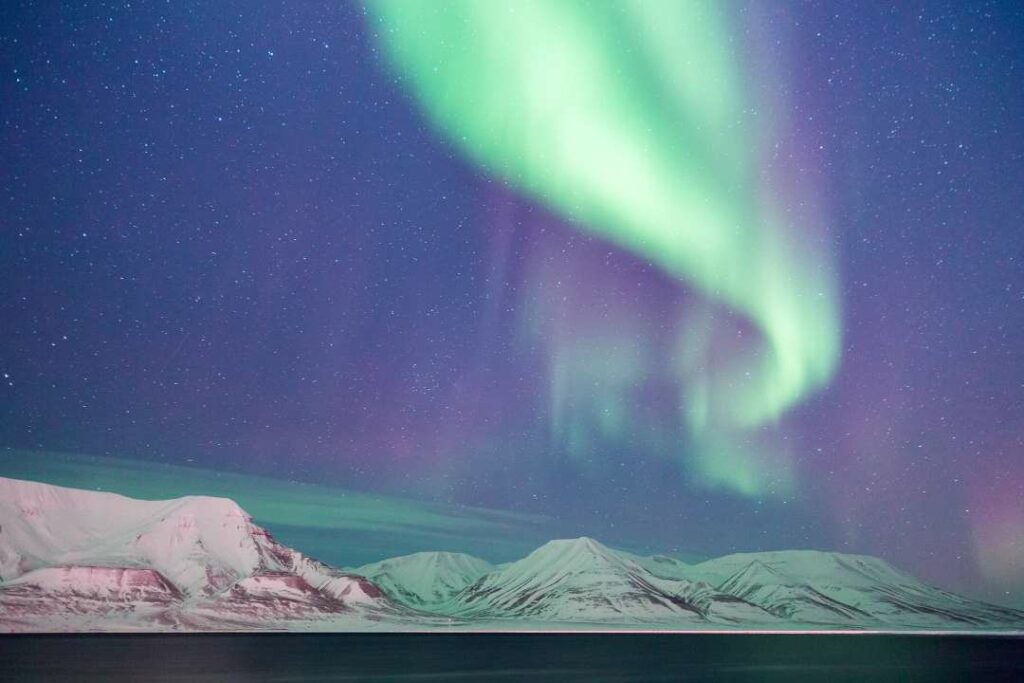
In general the best places, or destinations, to see the northern lights in Norway is any place above the Arctic circle, but they are also not completely unusual in Trondheim, a bit south of the Arctic Circle.
Occasionally you will also be able to spot the northern lights in Oslo and southern Norway, but this is not very frequent, so I would not count on it.
The most popular destinations to go chasing the northern light in Norway are:
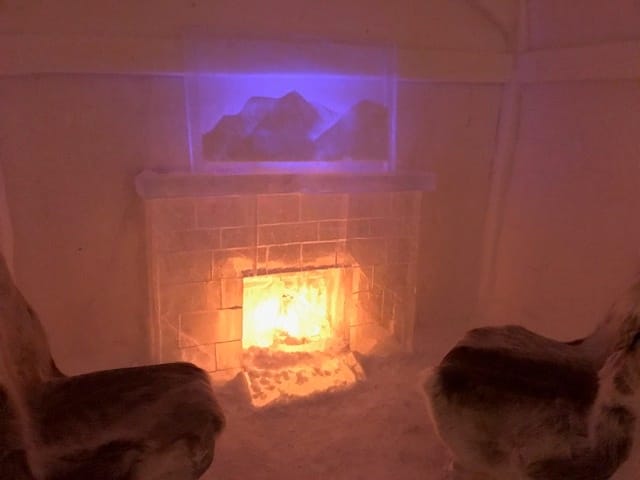
All these destinations also have a variety of other spectacular Arctic activities to offer, like dog sledding, snow shoe hiking, snow mobile tours, whale safaris, ice fishing, skiing, or staying in an ice hotel.
Especially Alta has a super famous ice hotel called Sorrisniva, with spectacular ice sculptures, and you can sleep in an ice bed on thick fur!
How To Reach These Destinations
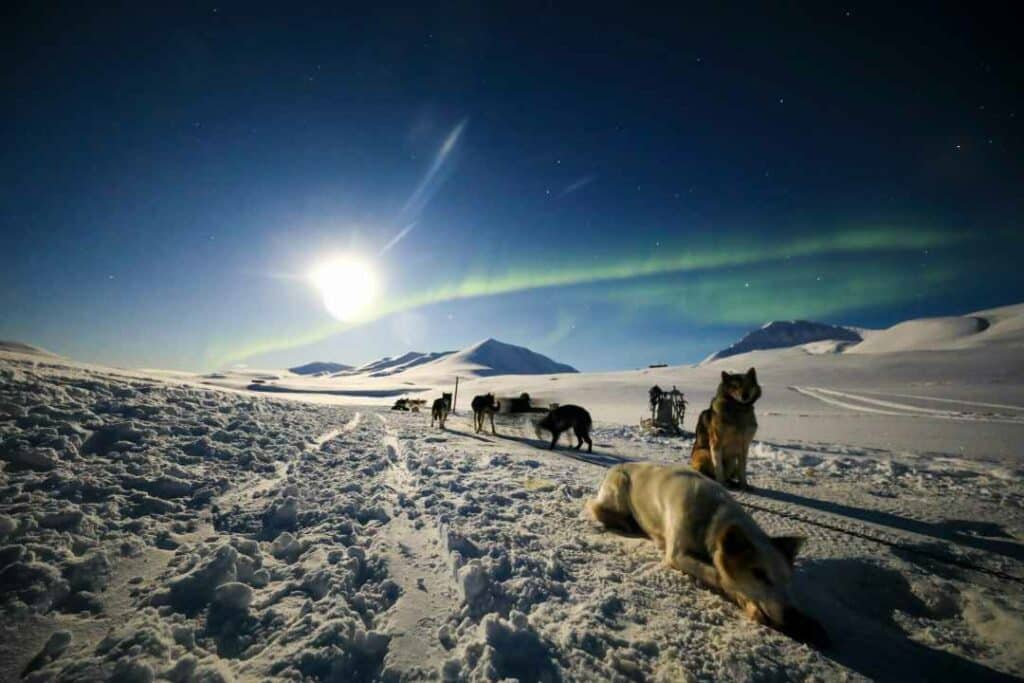
From abroad, the only airport you can fly to directly on an international flights above the Arctic Circle, is Tromsø.
So if you are planning on going further north, you can fly to Oslo Airport Gardermoen, or to Tromsø, and from either one you need a domestic flight further north.
The trains in Norway does not go further north than Bodø, which is also above the Arctic Circle, but does not receive international flights.
From Tromsø, you can fly north with the Norwegian Airline Wideroe.
From Oslo, you can also fly to Tromsø or Alta with several airlines, but to get to the small, northernmost airports in Finnmark (the northernmost county in Norway), you need to book a flight with Wideroe.
From both Tromsø and Alta, you can rent a car and drive northbound or take a bus with Snelandia bus company that will take you to remote destinations like the North Cape, Hammerfest, Karasjok, and Kirkenes (close to the Russian border in the east).
Check flights on Skyscanner, my favorite flight app that consistently delivers the best flight prices.
Also read: How To Get To Lofoten From Tromsø – Ferry, Drive & Flight Options
Norway In The Winter: Blue Light
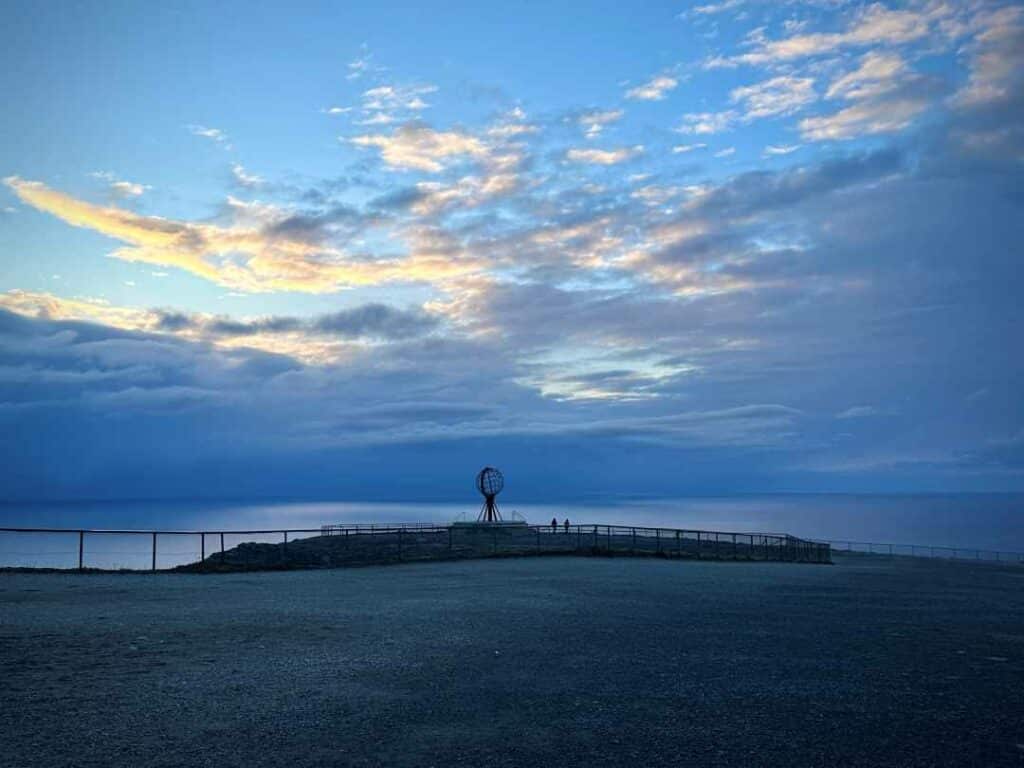
Although there is no guarantee that the Aurora Borealis will appear exactly when you are seated in warm clothing on a remote spot with no light pollution hoping it will show up – they simply might not come out that day.
As the colorful dancing lights are a natural phenomenon, just like any weather type, they are unpredictable.
You will still experience magical lights in the north of Norway during winter, which is the dusky daylight that is not really dark, but not really daylight either.
We call this the blue light, and the further north you get – the darker blue the days get. In the ‘blue hour’ at twilight, the snowy landscape is engulfed in a hazy, calm, deep blue color.
The Polar Night In Norway
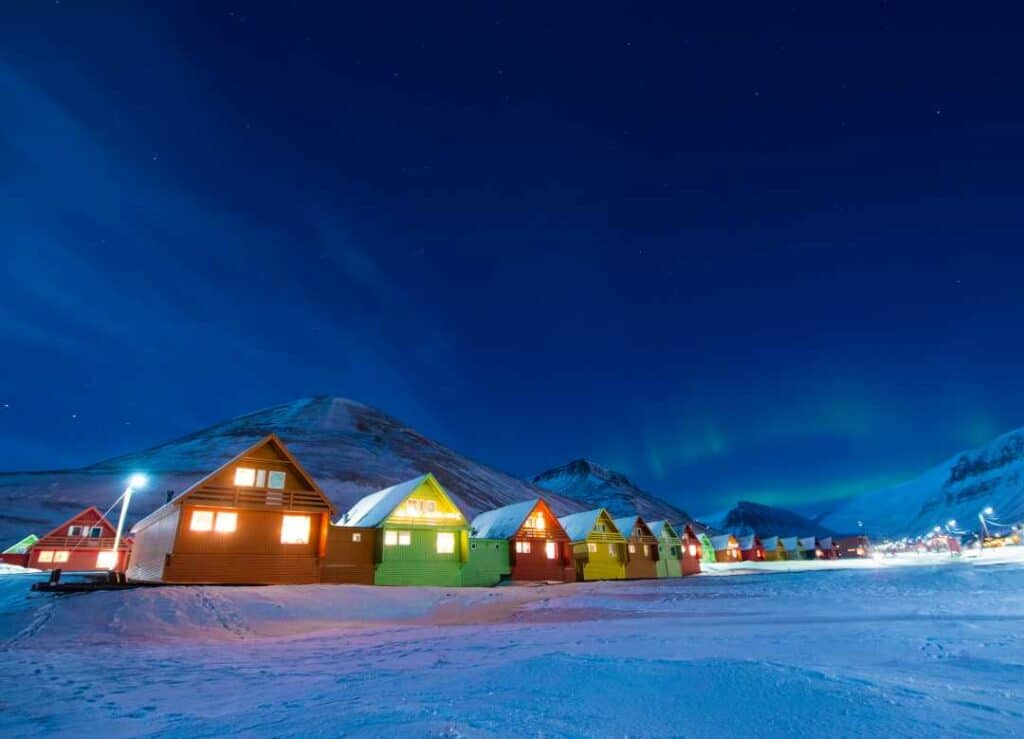
At one point, traveling north, you will be in an area where we say we have a polar night, where you simply do not have any daylight at all. This is at 66,66 latitude, or, where the Arctic Circle runs around the planet.
The definition of the polar night is when the sun does not show above the horizon for a whole period of 24 hours.
In Norway, this starts at a point called Vega in Helgeland (stunning area, too), which is the southernmost point where the sun does not rise for a period during winter.
The further north you get, the longer the polar night lasts.
In Norway, the longest polar night is in Svalbard, the island group that belongs to Norwegian territory that is high above the Norwegian mainland and the North Cape.
In these areas, you really get a feel for the blue shades in the air, and you get a spectacular view of the starry skies that you can see almost 24/7.
On clear days, you can see still a vague whiff of sunset colors to the south while to the north, the will be a deep rich midnight blue.
Wrap-Up When To See Northern Lights In Norway
So, to wrap it up, the perfect time to chase the Aurora Borealis, the northern lights in Norway are late autumn, early winter, and late winter, early spring!
But don’t panic, the northern lights will appear in northern Norway throughout winter, as long as the weather and atmospheric conditions are right.
Welcome to the Polar Night and the Northern Lights!
